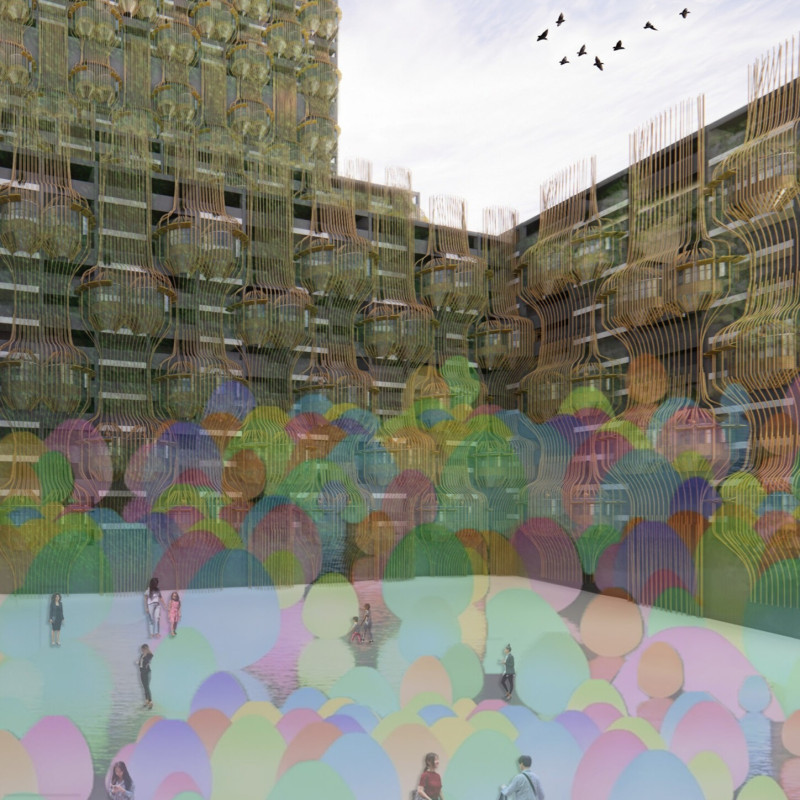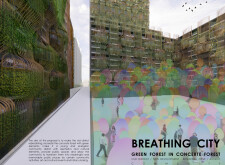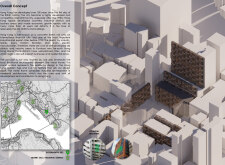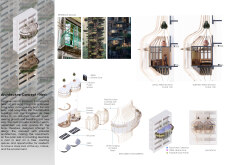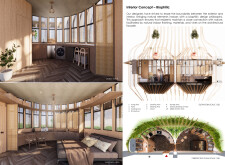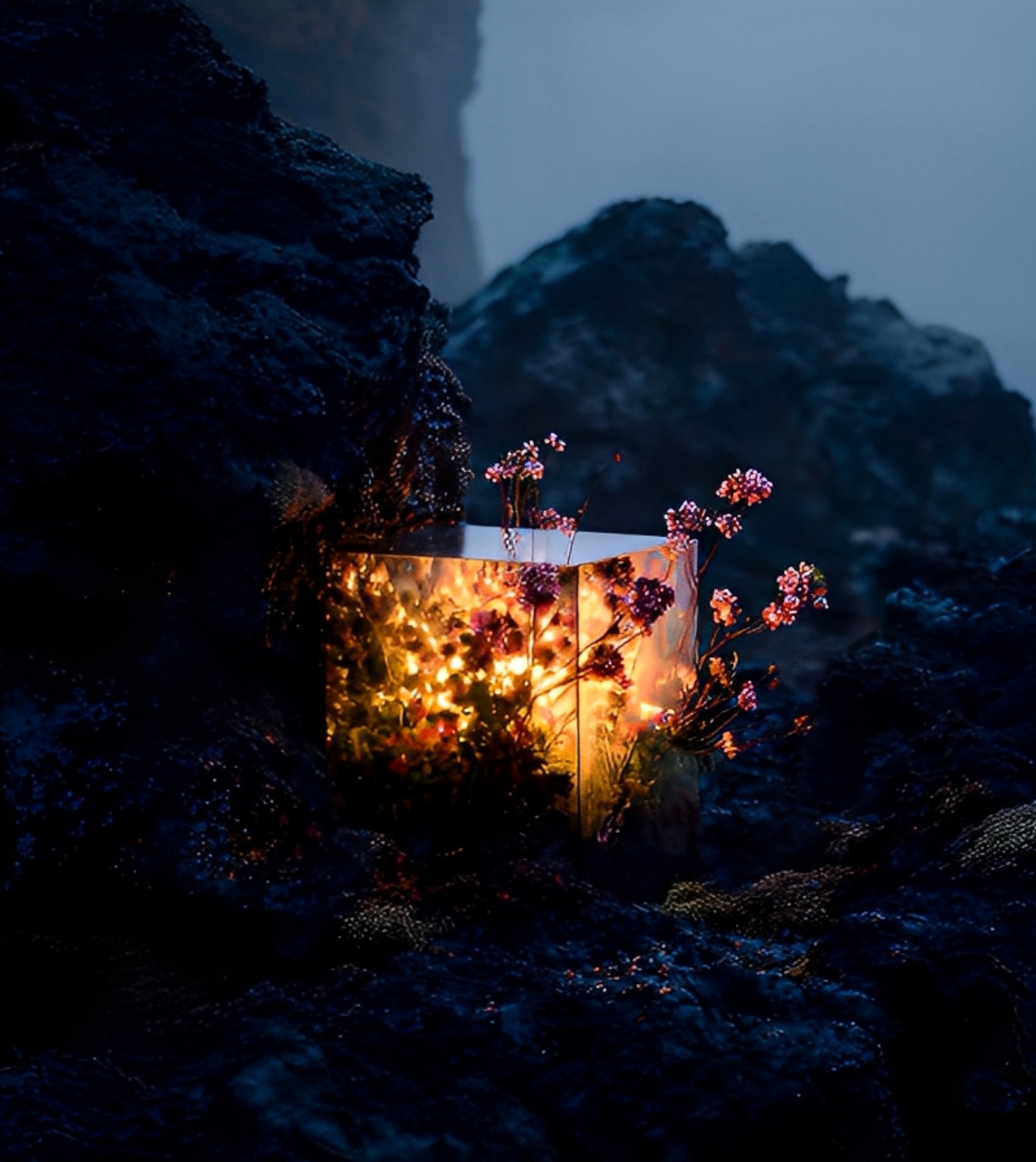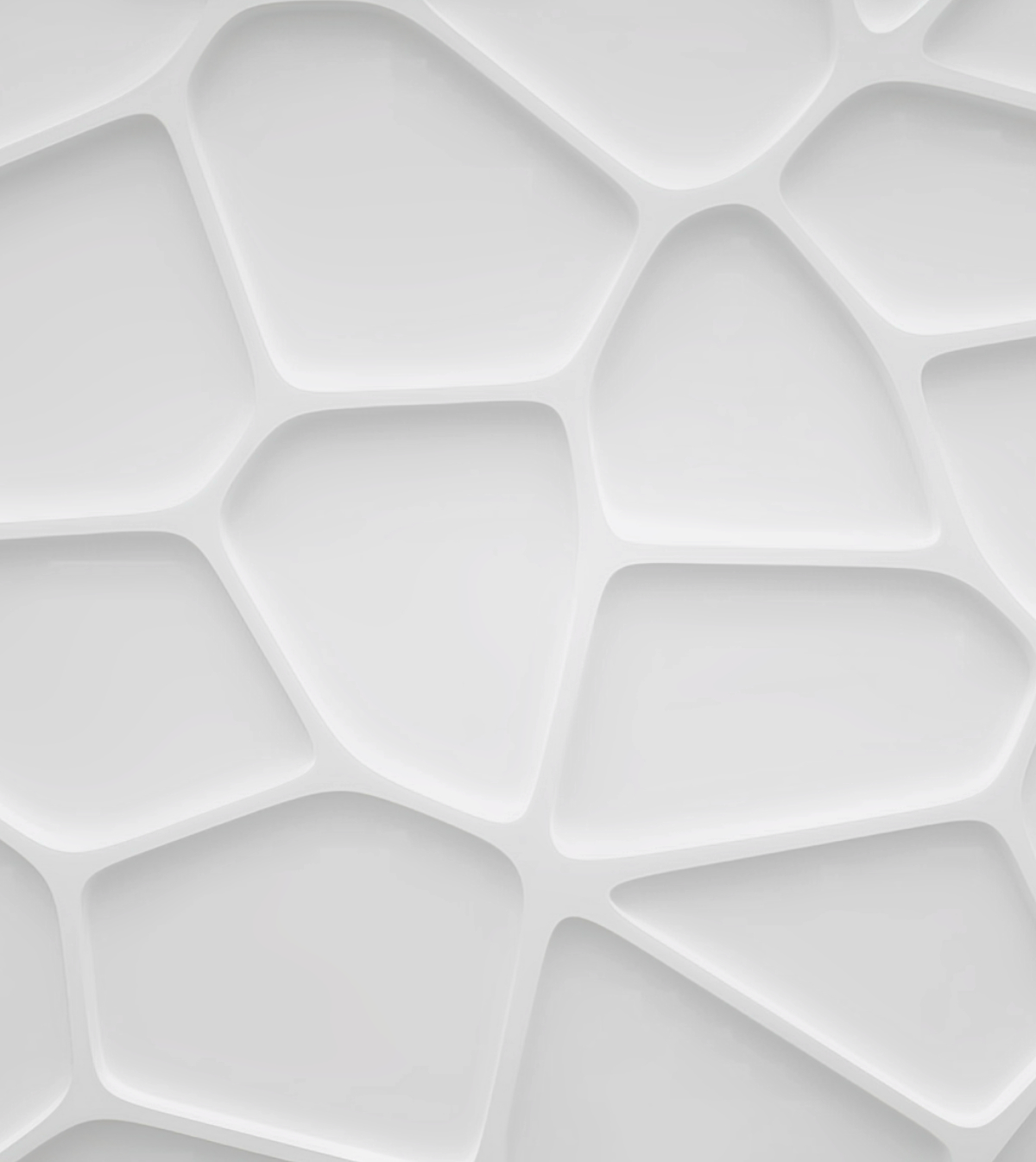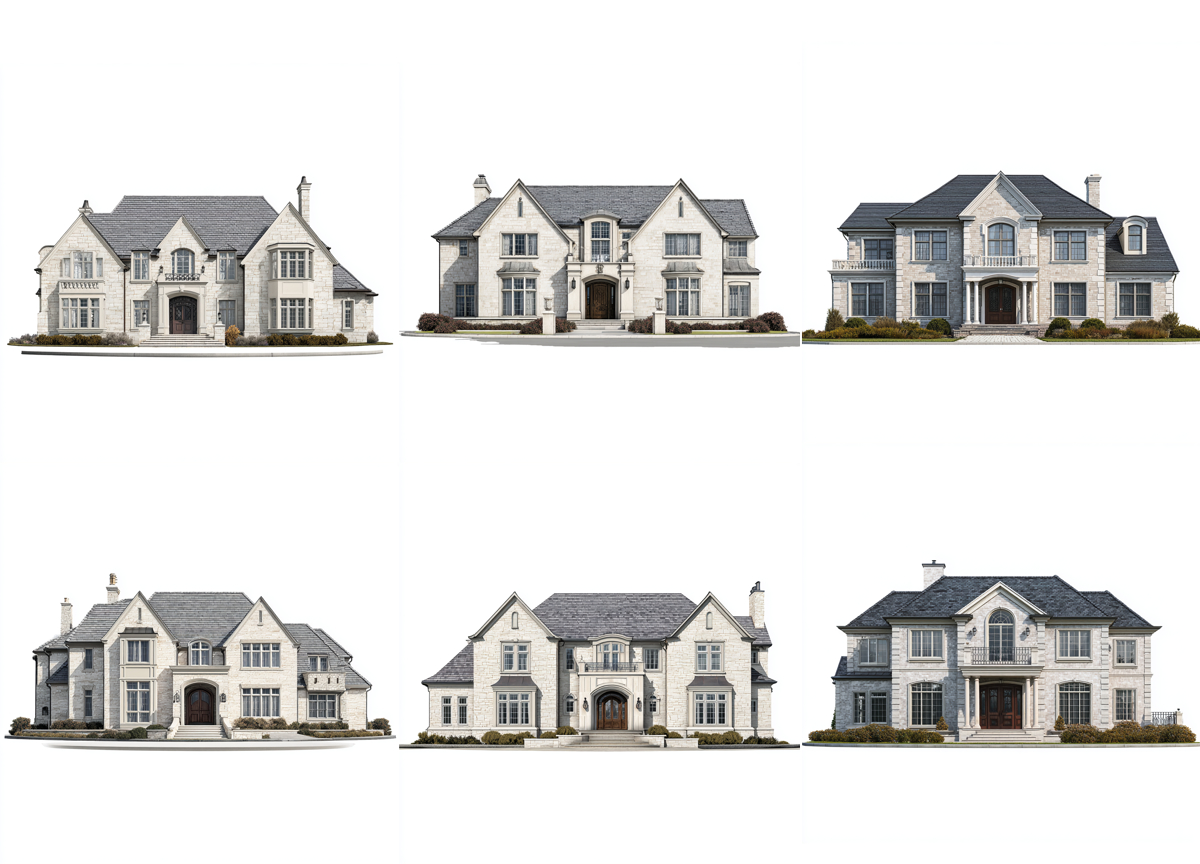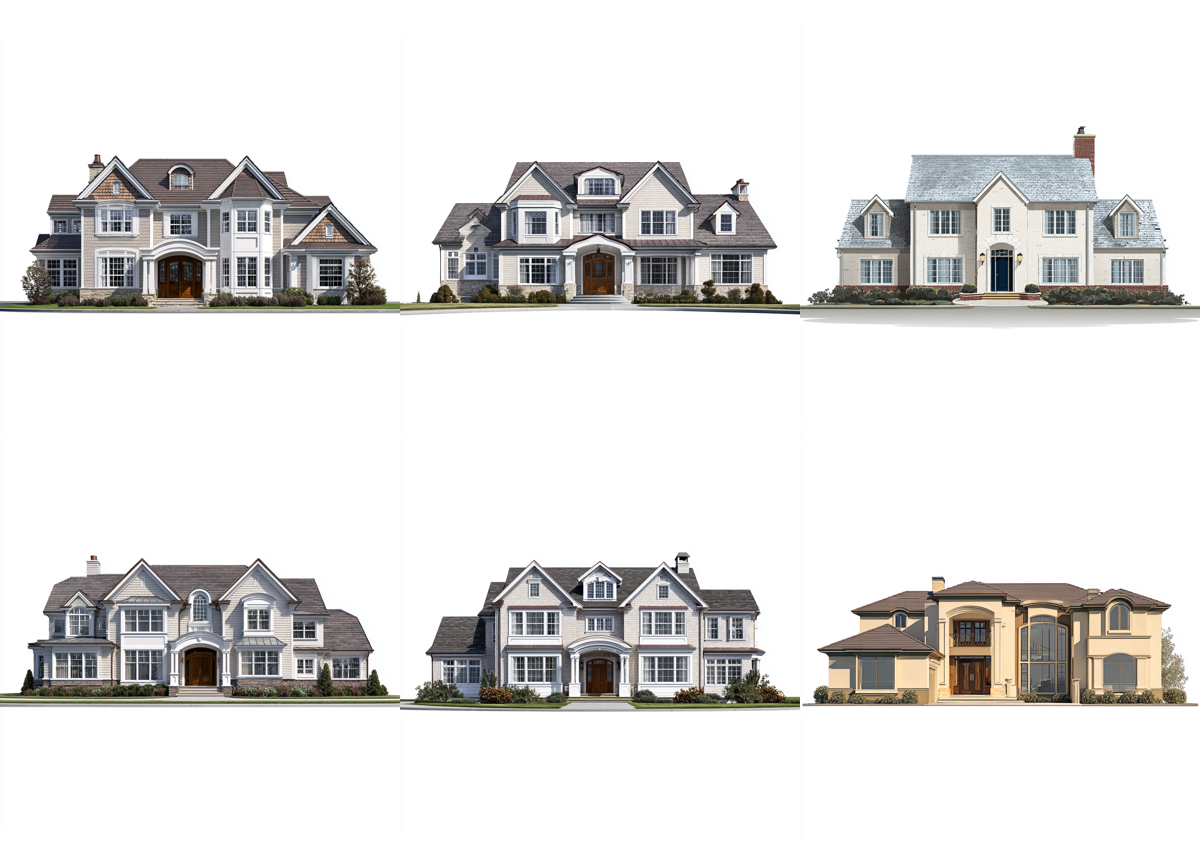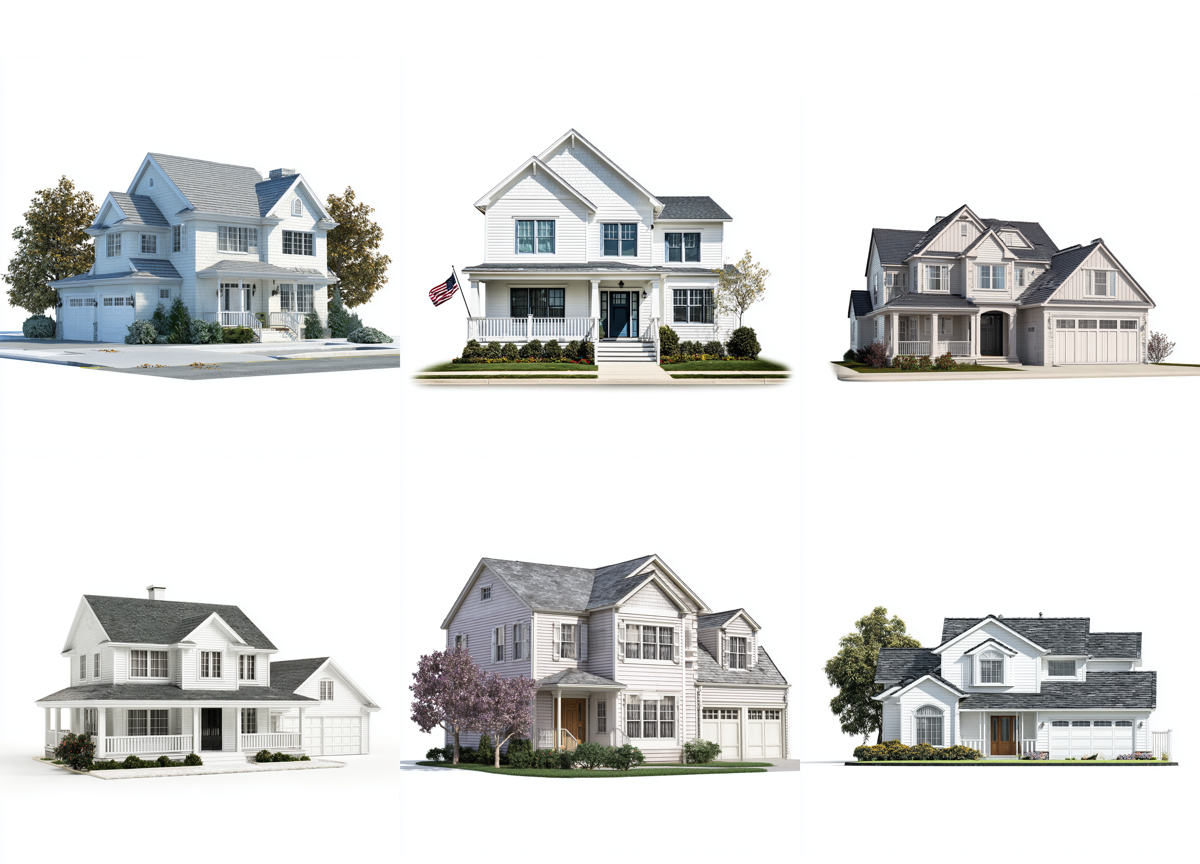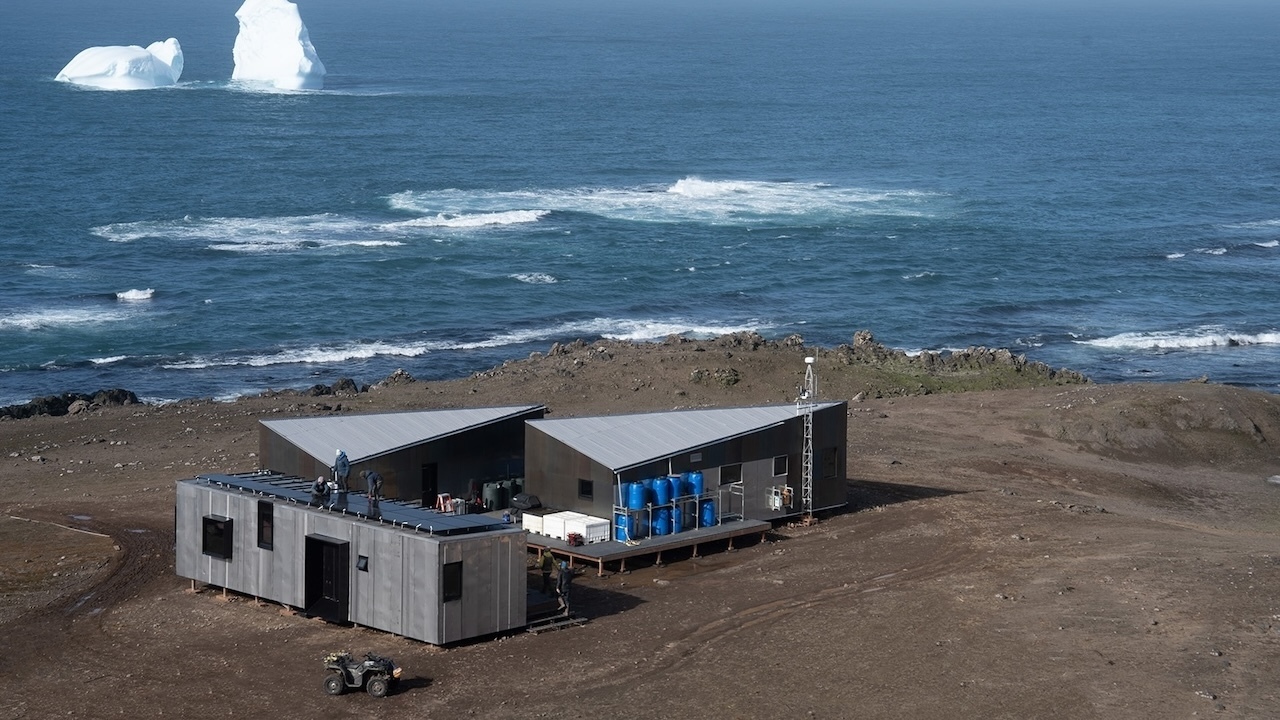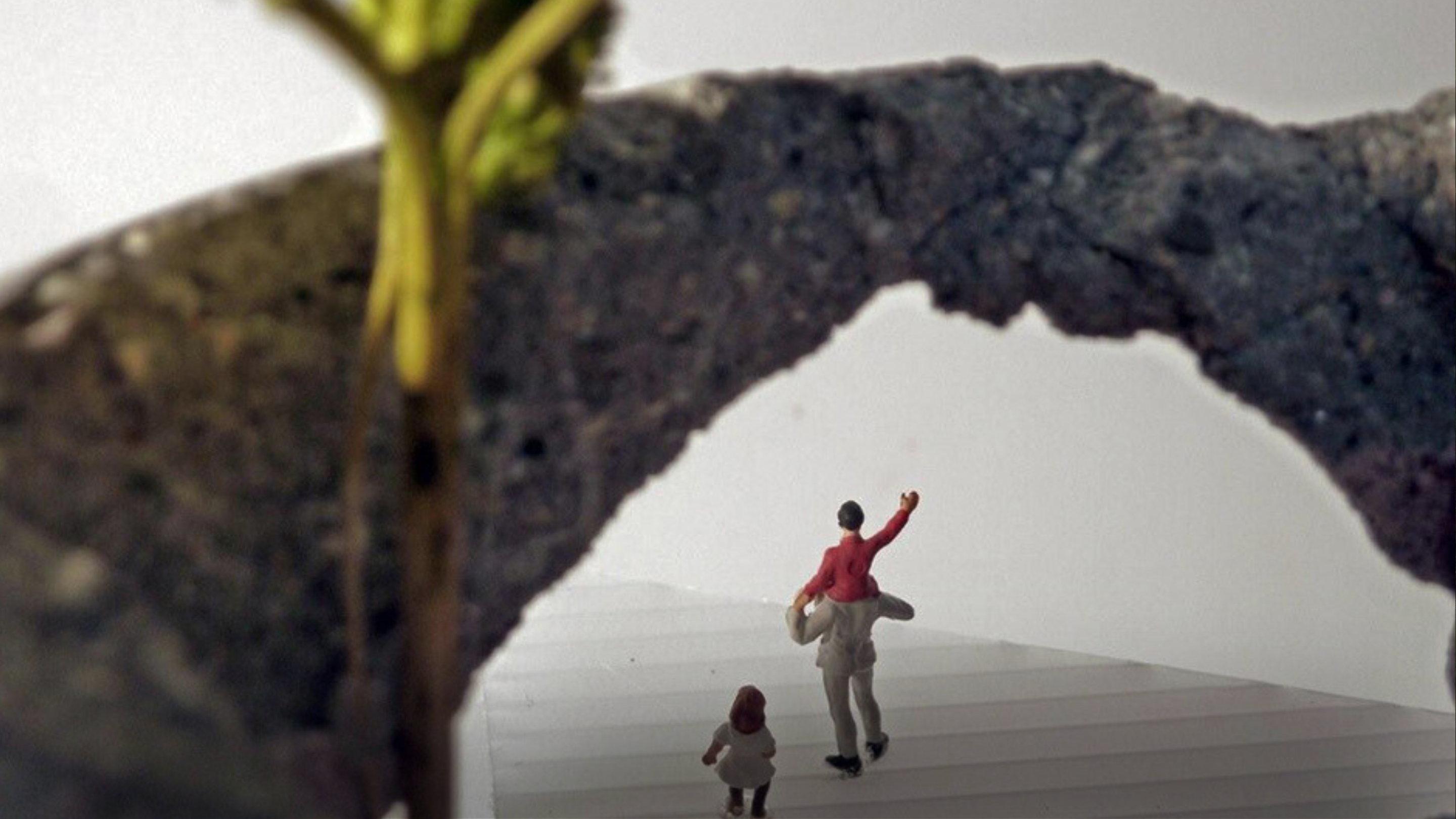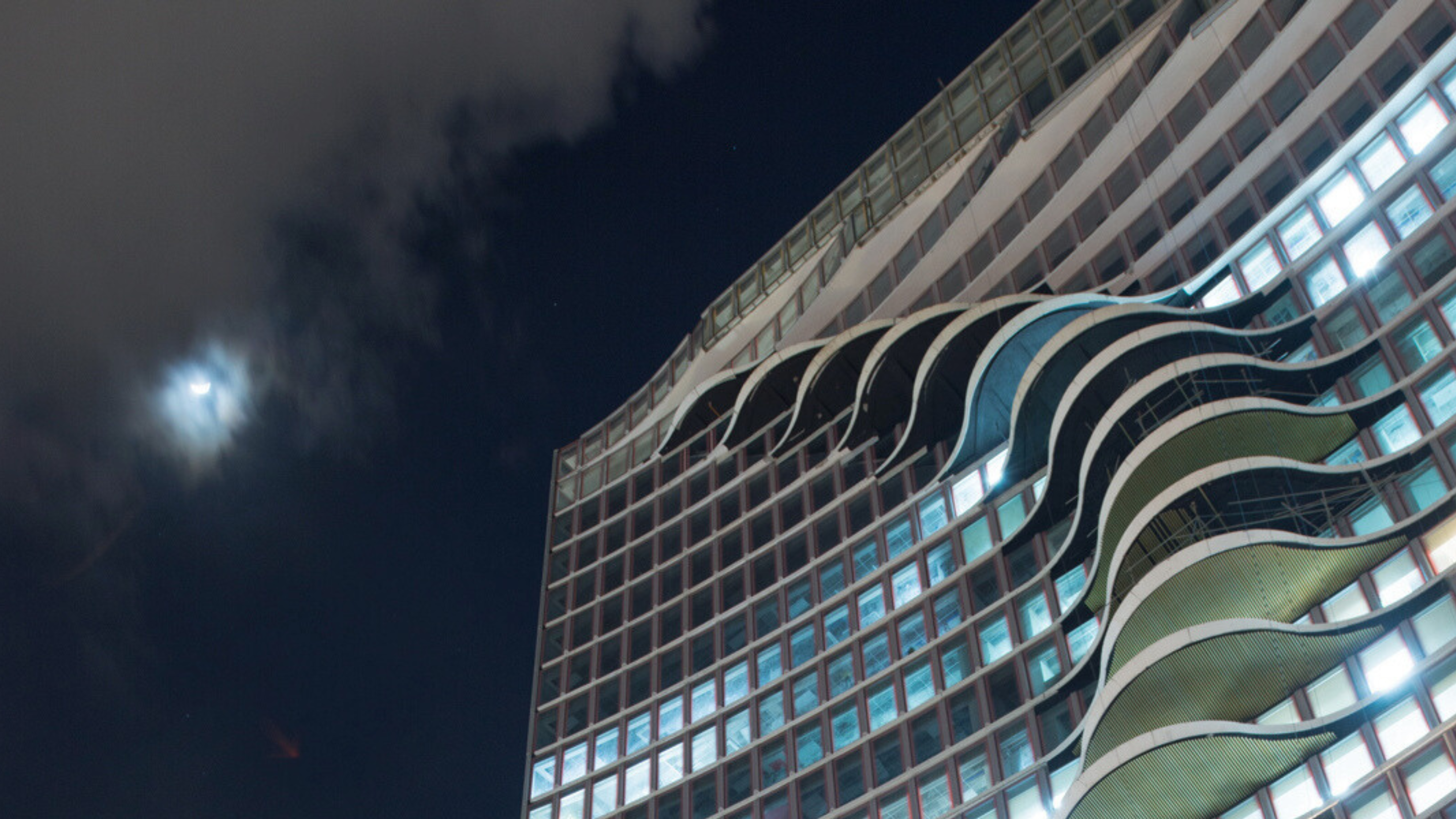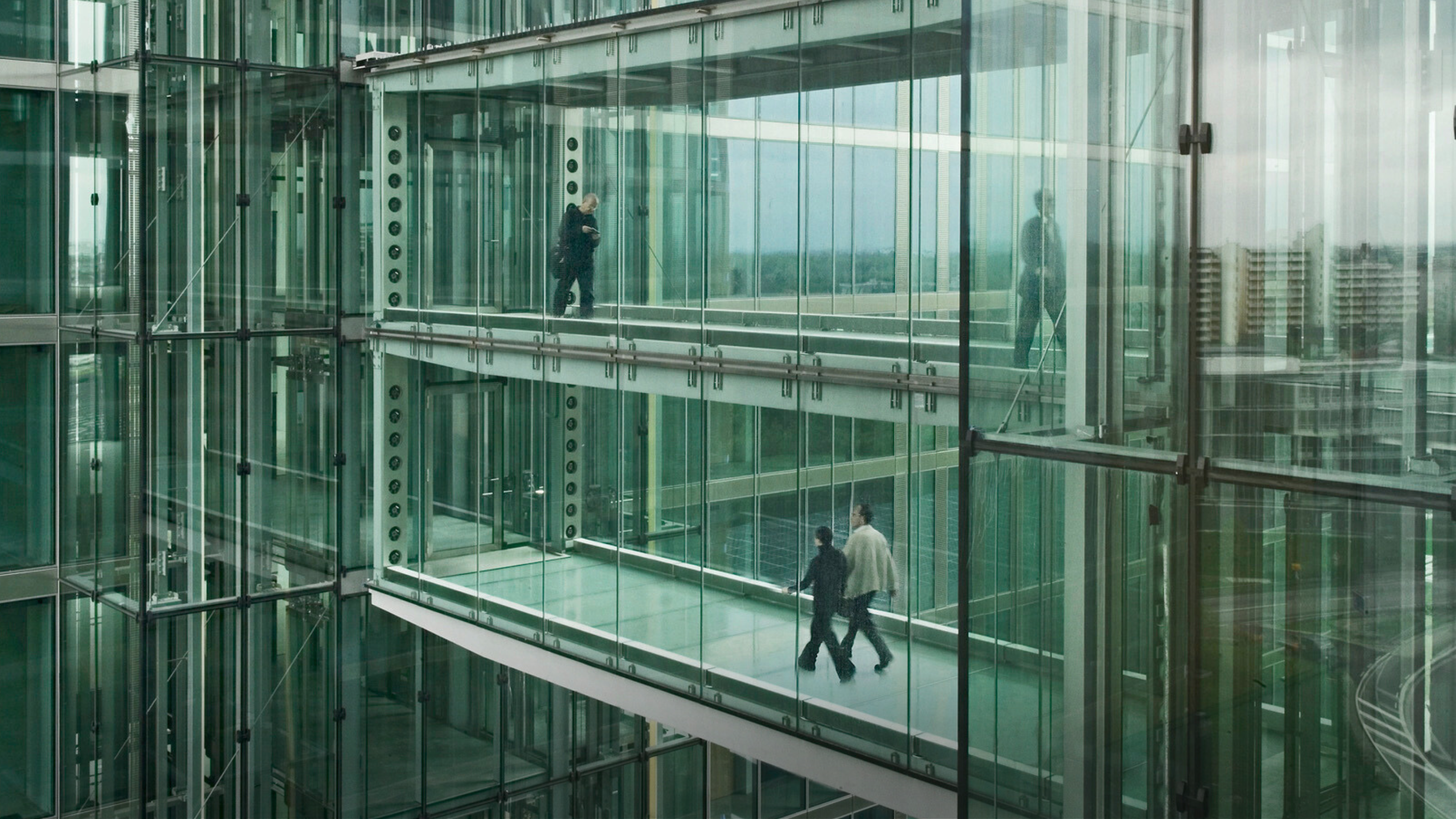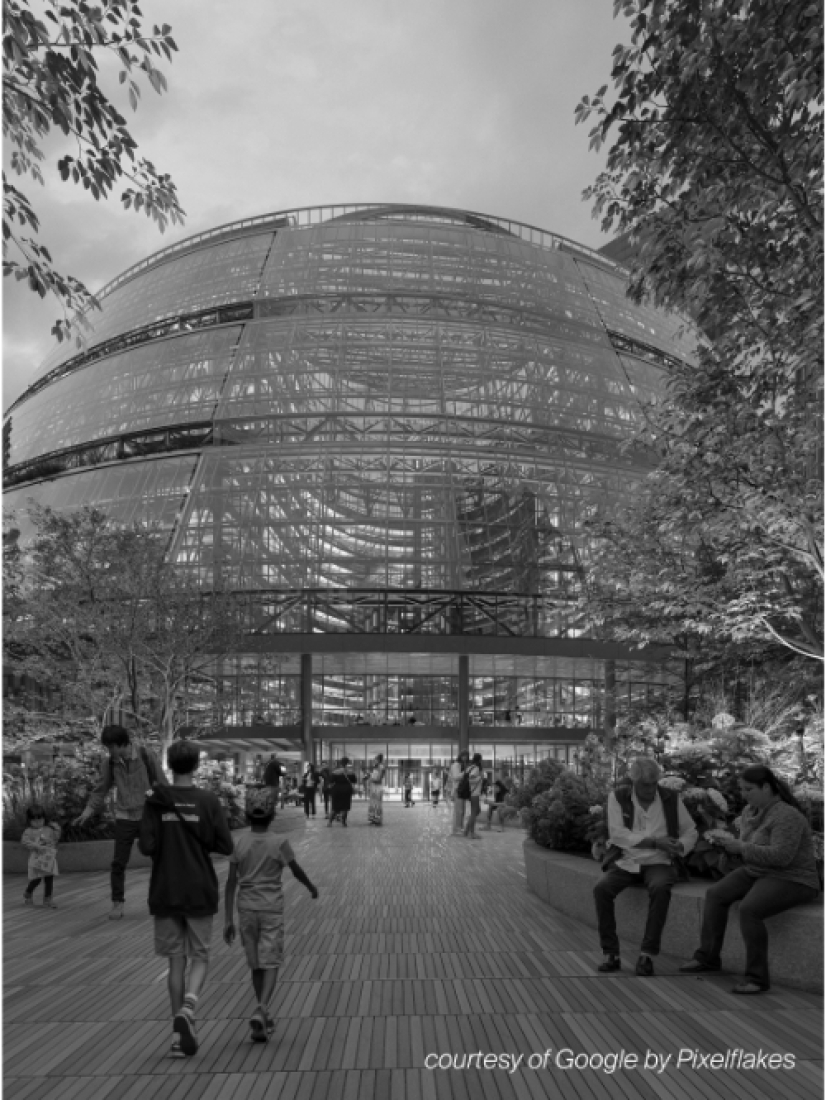5 key facts about this project
## Overview
The "Breathing City" project aims to reinvigorate an aging district in Hong Kong by integrating natural elements into the urban fabric. This initiative focuses on creating a biophilic community that enhances social interaction and promotes environmental sustainability, while acknowledging the area’s historical and industrial significance.
## Community-Centric Engagement
The design prioritizes community engagement through the inclusion of shared spaces that facilitate artistic and cultural events. The layout features communal facilities intended to foster collaboration and local traditions. By encouraging residents to gather and participate in these spaces, the project highlights the importance of social interaction within a dense urban context.
## Material and Sustainability Considerations
Diverse materials are employed to address both aesthetic and functional requirements. The structural integrity is provided by steel, while wood finishes add warmth to interior spaces. Green facade systems, featuring living walls, contribute to improved air quality and urban cooling. Large glass panels facilitate natural light and connectivity between indoor and outdoor environments. Additionally, the incorporation of solar panels and rainwater collection systems reflects a commitment to sustainable practices, reducing the ecological impact of urban living.
The design incorporates organic forms, characterized by flowing lines and vibrant colors, to enhance the visual appeal of public spaces. Mixed-use facilities are strategically distributed throughout the site to accommodate various functions, including living, leisure, and communal areas, thereby fostering a multi-faceted urban environment. The emphasis on biophilic design enhances the interiors, promoting a strong connection to nature and allowing for flexibility in space utilization.
The project distinguishes itself through its adaptive reuse of existing structures, honoring Hong Kong’s architectural heritage while adapting to contemporary needs. This thoughtful integration not only supports sustainability but also reinforces a sense of place and continuity within the urban landscape.


